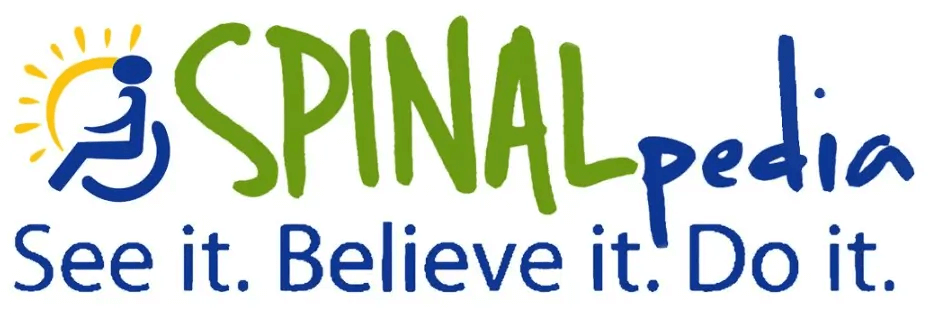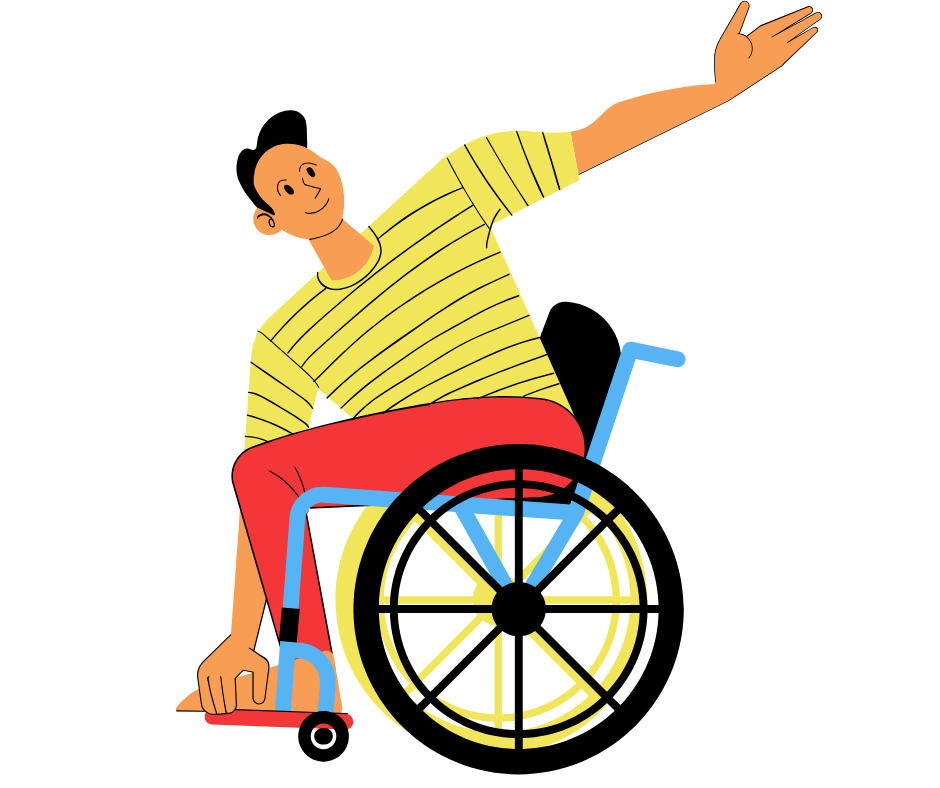The body was meant to be moved. Walking, arms swaying, blood pumping through your veins all help your muscles move in a great way. Obviously, after a spinal cord injury, the body gets a little upset when it can’t do this anymore. Spasms, clenching, contractions start taking place when the bones and muscles in your body stop moving.
Your body is not a lost cause, however. Just because doctors can’t fix your spinal cord injury doesn’t mean you have to let your muscles become a wiry mass. This is especially true if you’re a paraplegic or a low-level quadriplegic who has more upper body function.
Stretching your own legs can be near impossible, even if you’re a lower level paraplegic. If this is your situation, this means you’ll need to recruit help when it comes to stretching. Friends, family, spouses, the crazy guy on the street corner: it doesn’t matter who, as long as you find someone to help you make sure your legs and arms stay nice and stretched out, preferably twice a day. Not only does stretching feel good and keep spasms at bay, but stretching is good for circulation and the alignment of your back. Stretching will even help keep your joints pain-free as you age.
Remember, even though stretching may seem like a chore sometimes, ignoring your legs and your arms by not stretching them can lead to many bad secondary conditions. More than anything, avoiding a stretching routine will make you feel completely uncomfortable in your wheelchair.
Why stretch?
When you’re first injured, nurses, doctors, and your physical and occupational therapists all push the same message: do your daily stretches. This is called range of motion (ROM) exercise. Some people will even call it yoga. Whatever you call it, you’ll want to make sure you stretch each day.
There are many ways ROM can be done, but the standard way of doing range of motion in the lower limbs covers the basics. This is how it’s broken down:
1. Knee-bends to the chest
2. Bringing the legs straight up to 90° (or as far as the muscles will allow)
3. Leg-openers that stretch the inner thigh muscles (this is excellent at preventing spasms)
4. Ankle-stretches
You’ll want to do at least 2 to 5 reps of each for your muscles every day. If you go too fast or if you don’t stretch enough, your muscles won’t get the stretch they need. Being more flexible in your wheelchair can help in so many ways, from making it easier to lean over and pick things up to transferring to and from your chair.
Some rehab facilities do an excellent job at providing this knowledge, but some may not. Stretching is sometimes underrated; don’t ever fall into that mindset. At the bottom of the page are links that outline the basic stretches in more detail. Hopefully, these links will give you the overview of stretching that you need.
Yoga
If you want to take stretching even further, adaptive yoga is on the rise amongst people with spinal cord injuries. More and more yoga teachers are learning the basics of how to help people with spinal cord injuries connect more with their bodies through yoga. Yoga is essentially stretching and alignment.
By learning how to do certain poses in your wheelchair and in your bed, you will feel more alive and happier because of the stretching. We’re not talking “hippy dippy” stuff either: these are just the simple side effects of moving muscles that have been stationary for a long time.
Matt Sanford, a paraplegic from Minnesota, is considered the pioneer of adapted yoga. His studio Mind Body Solutions has a fabulous website that teaches the basics of adapted yoga. Videos are available so you can do this at home. Check it out (click the “Shop” button at the top to find the videos for sale).
Please watch the following video on stretching after a spinal cord injury, and afterwards, check out the Takeaway Points below.
Takeaway Points
- Stretching is also known as range of motion
- Stretching helps prevent spasms and muscle contractions while improving circulation
- You’ll want to make sure to do your stretches twice a day
- Yoga can be helpful for stretching out your body
Helpful Resources
- Yoga: discovering the Mind-Body Connection – Reeve Foundation – http://www.christopherreeve.org/site/c.mtKZKgMWKwG/b.6544377/k.2C6B/Yoga_discovering_the_MindBody_Connection.htm
- Spinal Cord Injury: Flexibility Exercises – WedMD – http://www.webmd.com/brain/tc/spinal-cord-injury-flexibility-exercises-topic-overview
- Spinal Cord Injury Range of Motion Exercises – SCI Info Pages – http://www.sci-info-pages.com/range.html
- Yoga & SCI – Healing Therapies – http://www.healingtherapies.info/Yoga&SCI.htm










